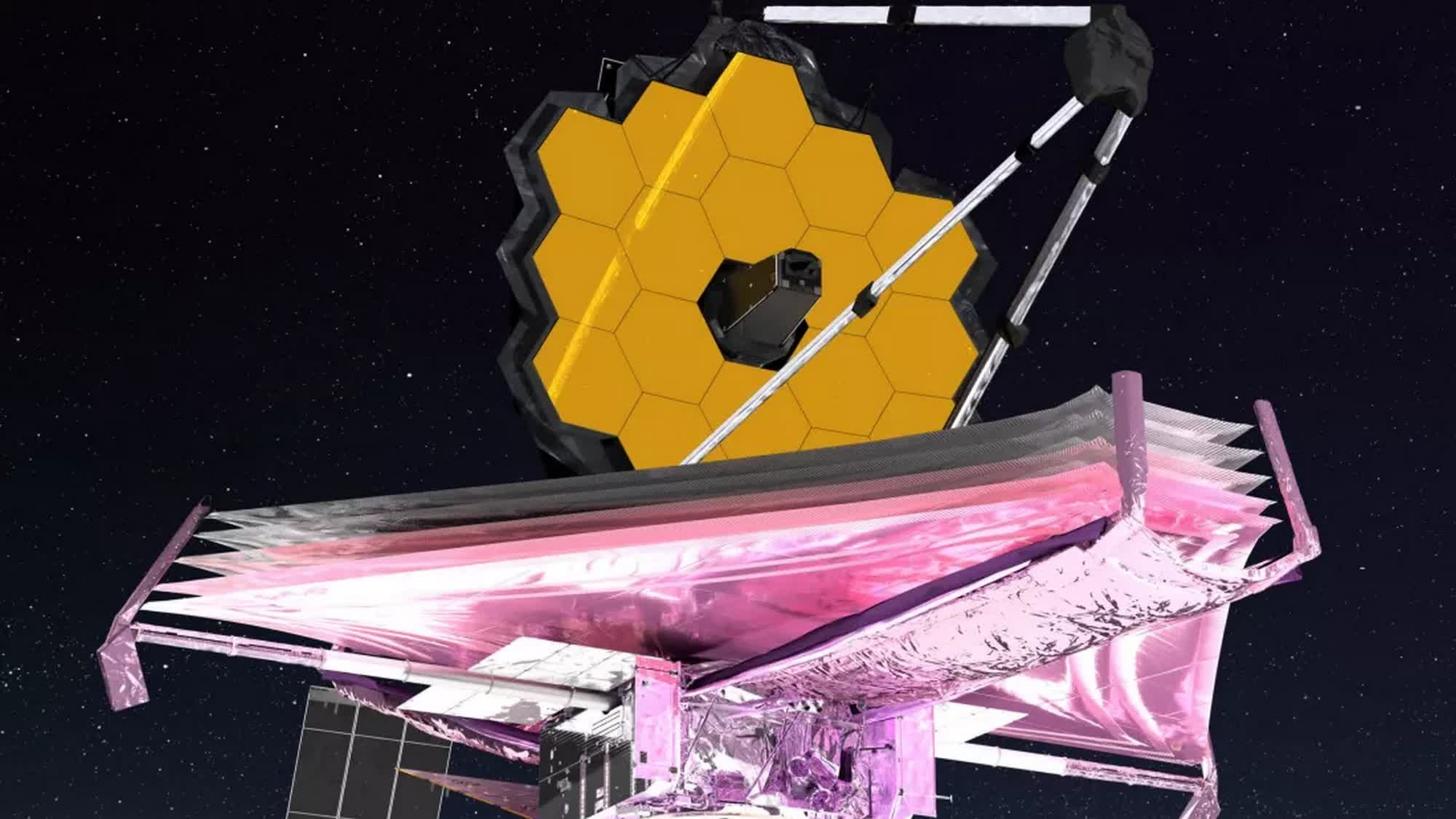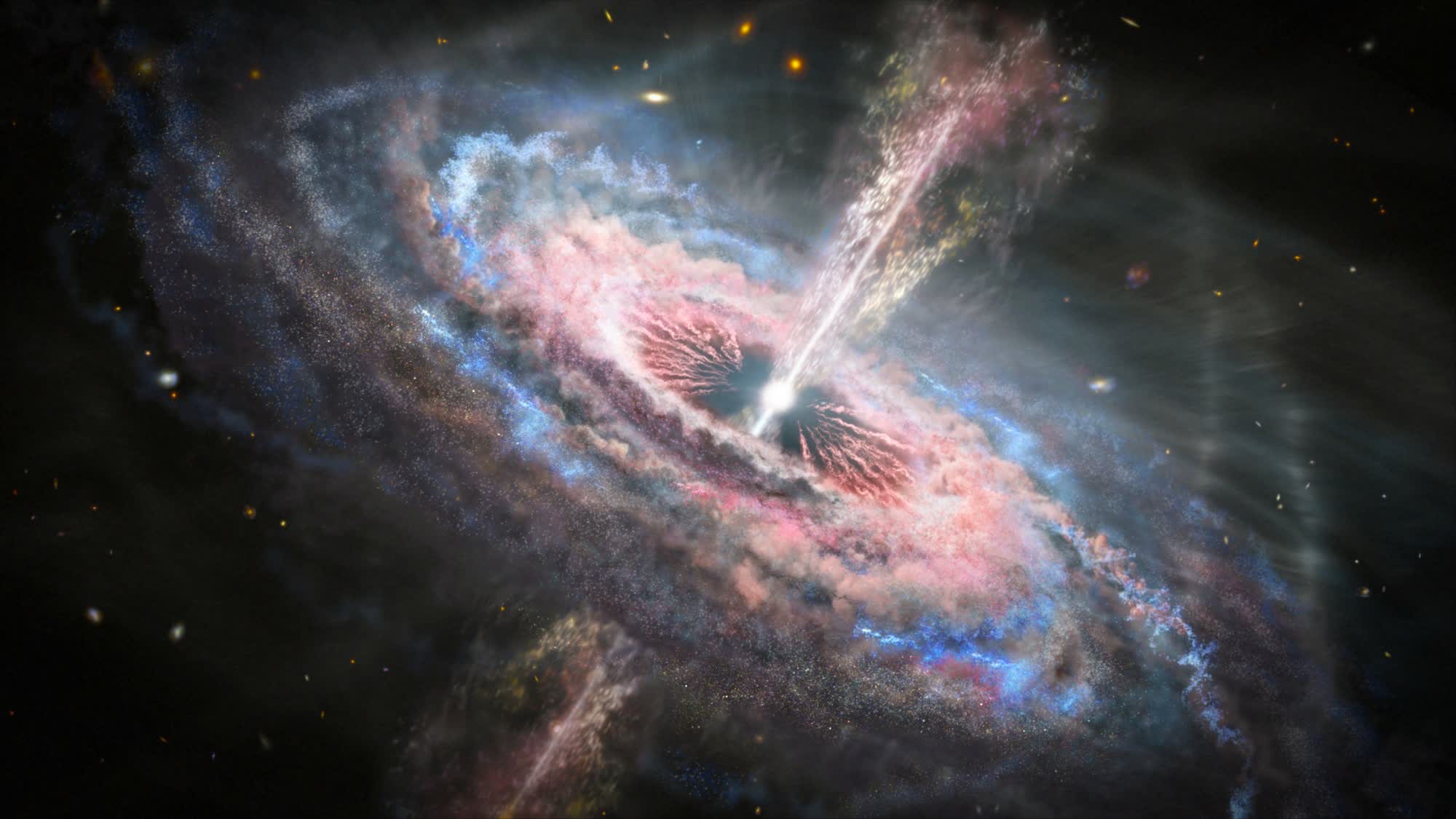In context: The universe and everything in it have always fascinated humans, inspiring countless studies over the years to unravel its mysteries. Despite the considerable progress made through decades of research, there is still much more to be discovered. We often get surprising new information that debunks old beliefs, forcing us to jettison what we thought we knew about the universe.
Such a study has recently been published, refuting everything we thought we knew about the age of the universe. The work, published in the journal 'Monthly Notices of the Royal Astronomical Society,' suggests that the universe could be twice as old as previously believed. As per the new study, data gathered from the James Webb Space Telescope (JWST) suggests that the current model used to determine the universe's age is inaccurate.
The researcher argue that the widely-used Lambda-CDM concordance model can no longer be relied upon to age the universe in light of new information from the JWST. The most notable problem with the current model is that it cannot correctly age many of the ancient galaxies that have been spotted by the James Webb Space Telescope. This is referred to as the 'impossible early galaxy problem,' as they appear to be much older than the estimated age of the universe itself.

While the data from the JWST could theoretically be flawed, this is unlikely for all practical considerations. If this is the case, the only remaining explanation for the discrepancy is that the current model, which uses redshift from the lights of stars to determine the age and origin of our universe, is not entirely accurate.
While the age of the universe is currently estimated to be around 13.797 billion years, the new model suggests that it could be as much as 26.7 billion years old. The author of this study, Rajendra Gupta - an adjunct professor of physics in the Faculty of Science at the University of Ottawa - asserts that the updated age is more likely accurate. He argues that the recently discovered ancient galaxies appear much more mature than the 300 million years suggested by the current redshift model.
That being said, this study's methodology for measuring the universe's age has yet to gain widespread acceptance among researchers, so it remains to be seen whether this new approach will be adopted in the future.
Image: NASA
